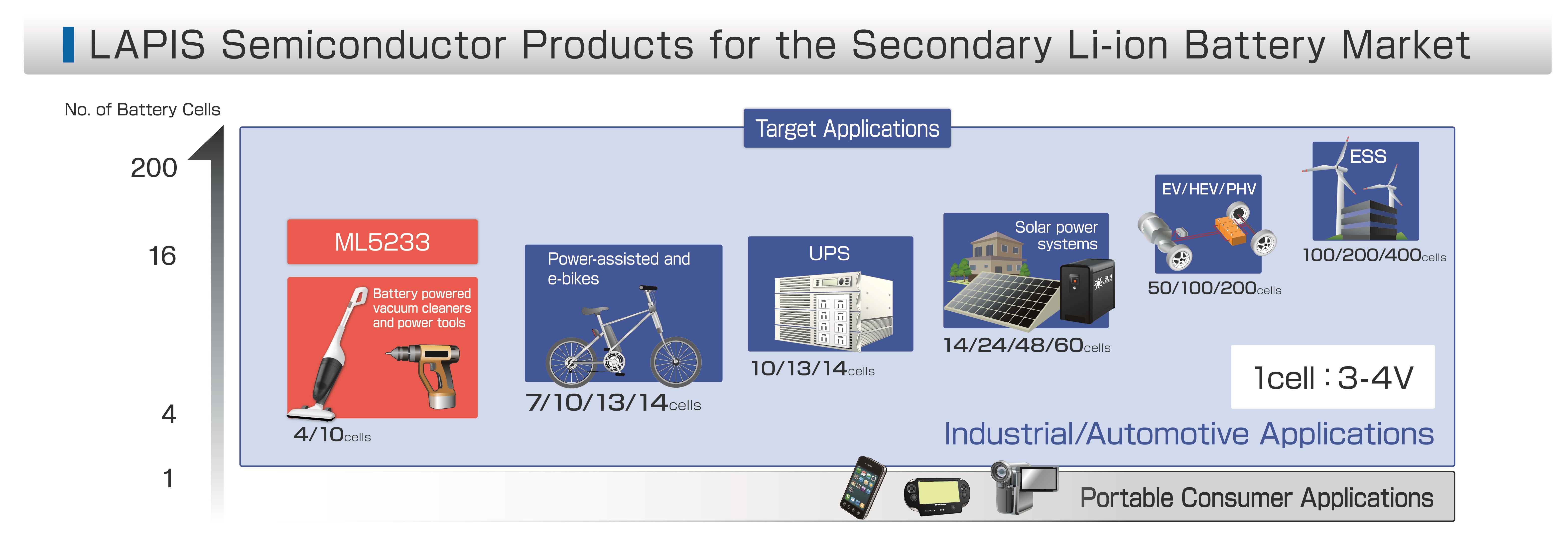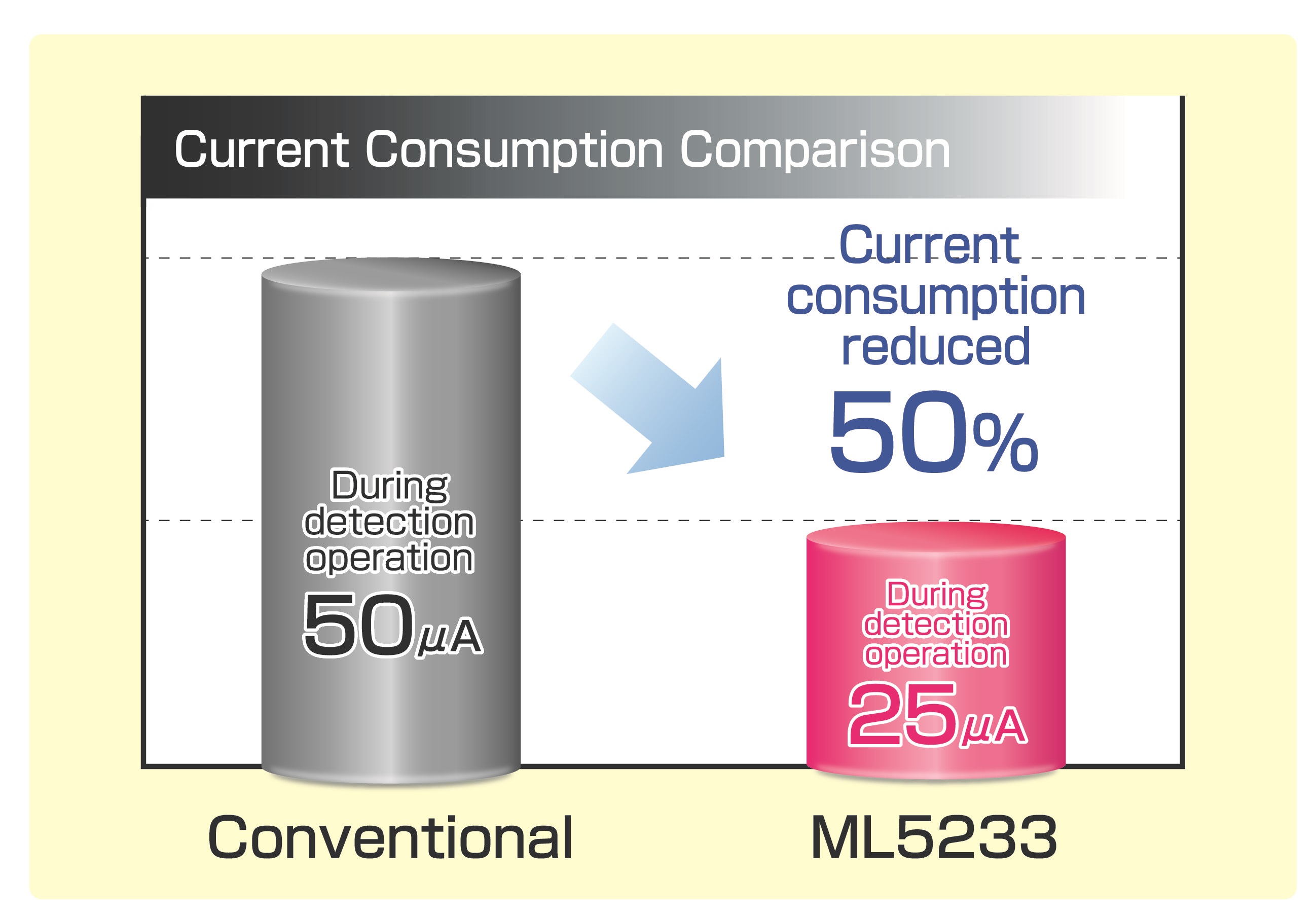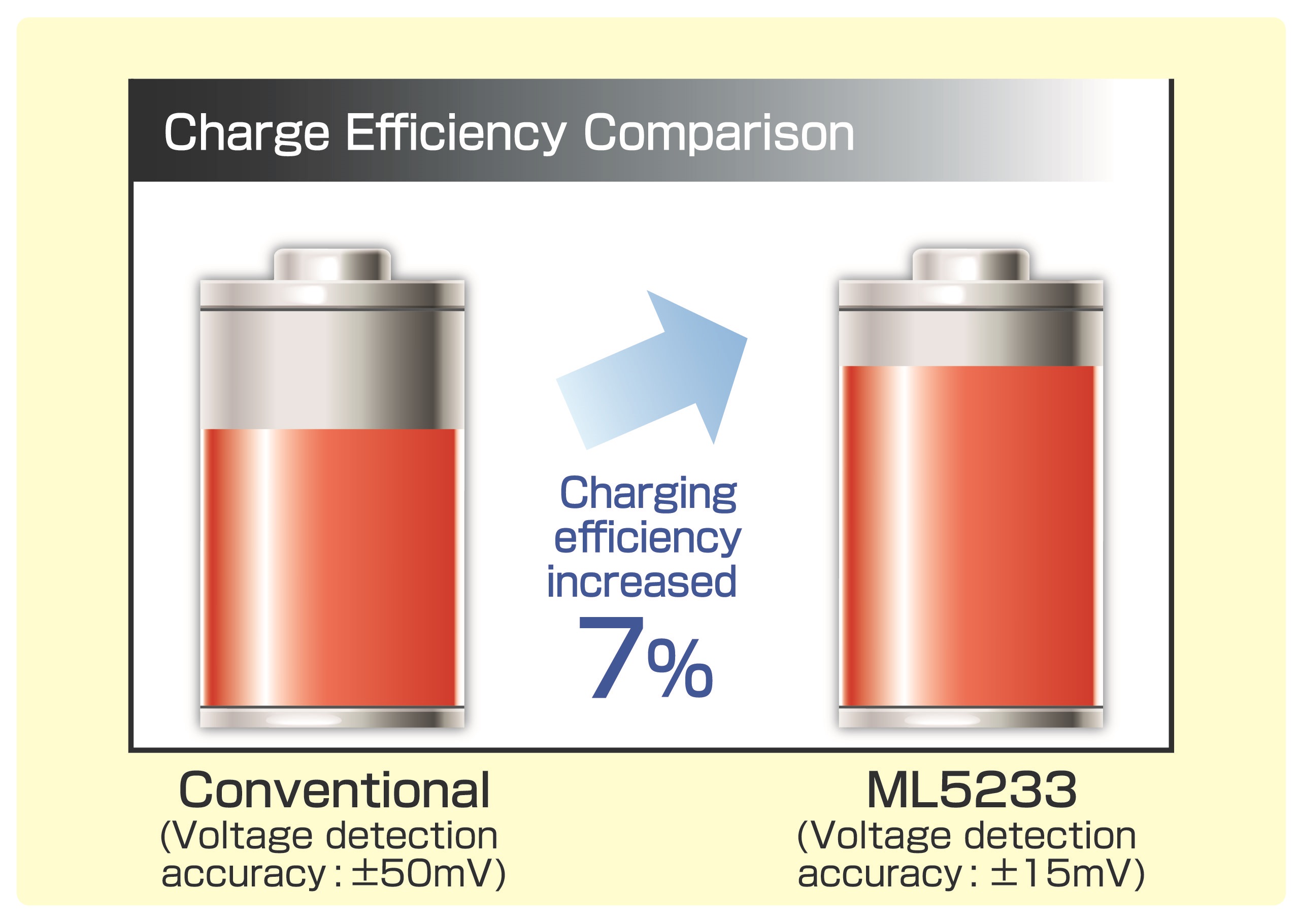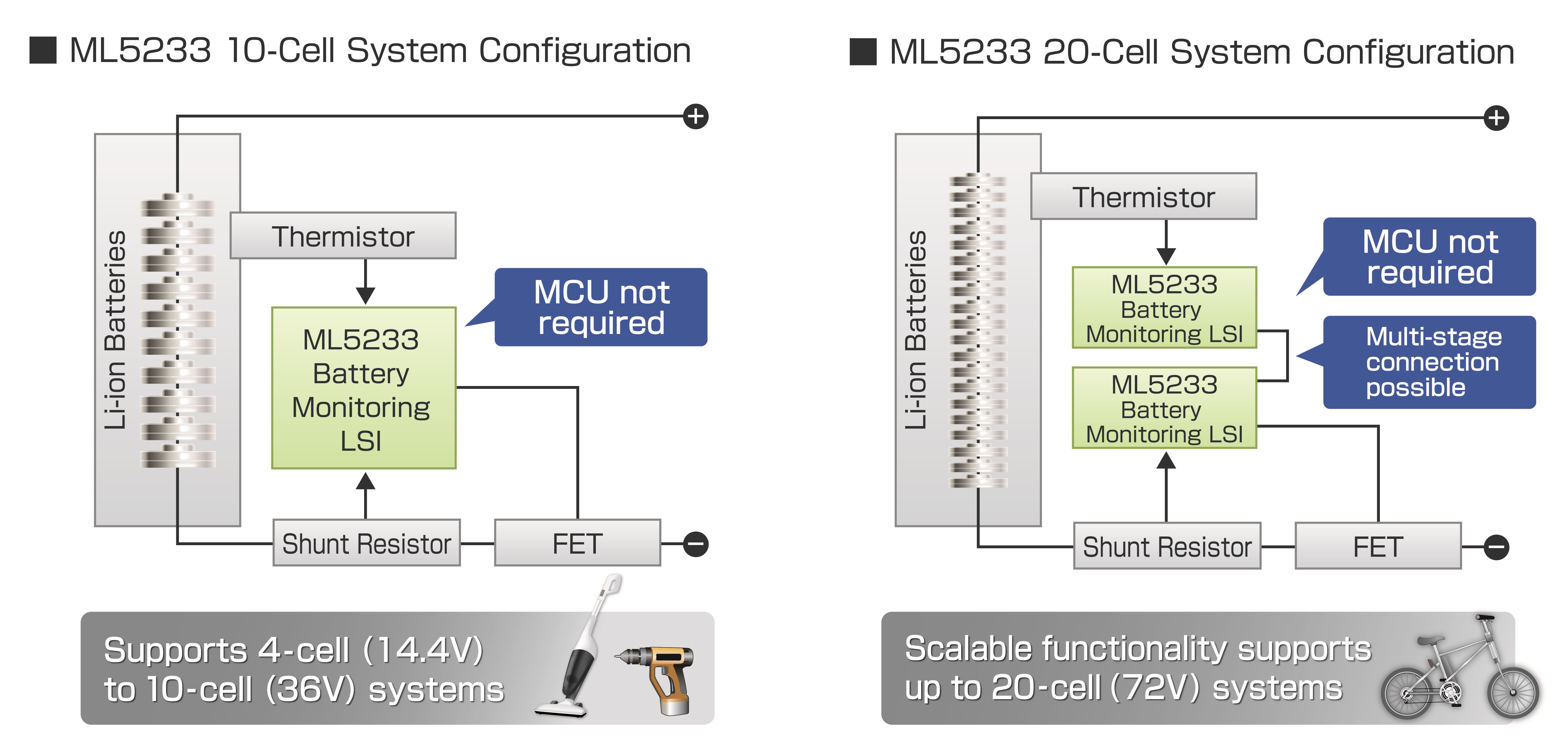Low power management for Li-Ion battery packs
Li-Ion batteries are used in a variety of applications, from HEVs to household appliances. Raimund Wagner, Rohm Semiconductor, explains how Lapis is working with battery cell manufacturers to make them stable and safe
The demand for battery-driven cordless applications is increasing worldwide every year due to their convenience and ease-of-use. Uses span from HEV (hybrid electric vehicle) manufacture, e-scooters and e–bikes, to energy back-up systems for telecomms basestations and cordless home appliances such as vacuum cleaners and electric tools (Figure 1). Reducing weight to improve portability, or reach-out, and other design factors are also considered to be important.

Figure 1: Safe, reliable Lithium-Ion batteries are used in battery-driven cordless applications worldwide
Lithium-Ion batteries feature several advantages compared to other materials such as low self-discharge. In particular, they feature greater energy efficiency per volume and weight compared to nickel-cadmium and nickel-metal hydride batteries, making it possible to reduce both size and weight while increasing the performance which is why they became the first choice for portable devices.
However, one drawback is that they are very sensitive towards unbalanced cell-charge and safety functions such as voltage monitoring, over-charge and over-discharge detection of each battery cell, cell control and temperate measuring play a crucial role in order to secure a stable and safe operation and an extended lifetime. They must be continuously monitored to prevent fire, explosion, and/or reduced battery life. They also have to provide minimum power usage during light load and stand-by periods. Overall, these aspects increase the demand for compact, low consumption battery monitoring LSI (large scale integration) packages offering a specific low-power design while adding to high reliability and long life. Overall, smaller designs operate with increasing voltage levels while requiring less and slimmer devices.
Wafer considerations
Lapis, a member of the Rohm group, is closely working with Li-Ion battery cell manufacturers to provide proven, compatible, easy-to-implement battery monitoring solutions based on a proprietary high voltage tolerant wafer process and energy saving circuit design technology.
Depending on the system design, tailor-made solutions are adapted to the specific needs of an application. As it is vital for portable devices to save weight and decrease dimensions, a standalone device without an MCU is desirable. Rohm provides a family of battery monitoring ICs ranging from compact standalone ones, like ML5233, to complex solutions like ML5238. The ML5233, for example, supports four to 10 cells (which can be expanded up to 20 cells with two chips, thanks to its multi-stage connecting function). The device supports an operation voltage of 5.0 to 60V with a max current consumption of only 60µA in a compact 36WQFN package. The more complex ML5238 supports five to 16 cells and advanced features like complex cell balancing.
In multi-cell battery stacks, even small charge differences between the cells tend to increase with each charge and discharge process. Lower charged cells are overstressed through charging, becoming even weaker until they might fail and cause a failure of the whole battery. There must be a continuous monitoring of the battery status and, in case of any abnormal state, the IC can prevent a deterioration of single cells. This means, that when an over-charge voltage is detected, the charging of the cell has to be stopped. Also, in case a low voltage is discovered, the further discharge of this cell has to be terminated. There have been different models to meet these needs and balance the charges.
Balancing act
Looking at conventional models, a microcontroller runs complicated algorithms which result in cell status checks and then turning to action. Unbalanced differences in cell voltages during charge or discharge are then usually corrected via a cell-balancing model that includes by-passing cells with higher voltage. Compared to this, complex compensation algorithms are necessary in a sequential cell monitoring approach in order to achieve the required voltage and current measurement across the entire cell stack.
Devices from Rohm monitor locally, enabling a more accurate, streamlined and faster cell management without relying on complicated communication links, host administration or software set-ups not required by the application. Instead, it provides a tailor-made solution which does not needlessly inflate the design.
The design reduces connection pins, keep the impedance low, minimises the degradation risk and eliminates the need for external circuits. The maximum rating voltage is 60V, due to the high voltage wafer process. For optimum power efficiency, the current consumption is reduced to an industry-low 25µA, 50% less than conventional products, contributing to greater energy savings for the entire system.
The quiescent current consumption of the control IC needs to be kept low as well. The current consumption of the ML5233 in the power-down mode is minimised to around 0.1μA typical (Figure 2). This poses little to no effect on the battery capacity even during prolonged storage and ensuring minimal loss of charged battery power. In the power-save state the protection functionality is still working.

Figure 2: The current consumption of the ML5233 is minimised to 0.1μA typical, without effecting battery capacity
Monitoring for efficiency
The voltage detection accuracy has a proportionally large impact on the overall charging efficiency, e.g. the high over-charge detection accuracy (±15mV per each cell) ver-voltage/under-voltage) detection accuracy of ML5233 increases charging efficiency by up to 7% over conventional products that feature ±50mV accuracy (Figure 3).

Figure 3: Voltage detection accuracy has an impact on overall charging efficiency
Based on the results of the voltage control of each cell or the entire battery pack, as well as the monitoring of the charge and discharge current, it can perform corresponding actions to protect the batteries and to prevent the system from getting into an irregular state. With this set-up, the battery monitoring IC can be adapted to various systems according to the customer’s needs.
The support of four to 10 cells monitored by a single LSI is suitable for high-voltage deployment ensuring compatibility with electric tools and other equipment in the 14 to 36V range. In addition, the versatile design enables scalability to support a wider range. For example, two LSIs can be combined to support up 20 cells in series and up to 72V, (Figure 4) making them suitable for pedal-assisted bicycles, ride-on carts, and other high voltage applications while enabling the designer to decrease the monitoring LSI count.

Figure 4: The level of integration provides a mounting area that is 20% smaller than conventional system configurations
For temperature measuring, the ML5233 has the option to connect an external thermistor to detect the temperature in the battery pack. If it detects high temperature, e.g. heat during power down phases, charge/discharge nMOSFET is autonomously cut-off. In high temperature, the device cuts-off discharging, and if higher temperature is detected charging is disabled too (discharge prohibiting temperature is at 75° and more, the charge prohibiting temperature is at 75° or more) – all without a MCU. This decreases footprint by 20% and reduces the number of external components from four to one (Figure 5). In addition, configuring a hardware-based system using an external MOSFET, current detection shunt resistor, and thermistor contributes to smaller protection systems and reduced development load.
A complete evaluation system consisting of all electronic components needed for the battery pack is available. ML5233 Evaluation Board includes ML5233 (the Li-ion battery monitoring LSI) and peripheral circuits. Together with the supplied monitoring software running on the connected PC, designers of the electronics can test and evaluate all functions of this chipset. It also helps to develop the application based software for series production of the battery pack electronics. The ML5233 Evaluation Board supports a 7 to 10 cells battery pack and customer can evaluate over-voltage/under-voltage detection, charge/discharge over-current detection, and high-temperature detection.
Battery safety and longevity can be secured via reliable battery monitoring and fault detection, together with access to design needs (including software aspects). The result is a power efficient device, suitable for applications where runtime, reliability, energy efficiency and service lifetime are essential. The standalone type battery monitor LSI ML5233 provides an industry-low current consumption of only 25μA (typical) and supports up to 20 cells (when two chips are combined). It typically protects Li-Ion batteries for motor applications without using an external MCU. Full hardware protection features such as over-voltage, under-voltage, over-current and over-temperature are available with an improved over-voltage detection accuracy of ±15mV at 25°C.











